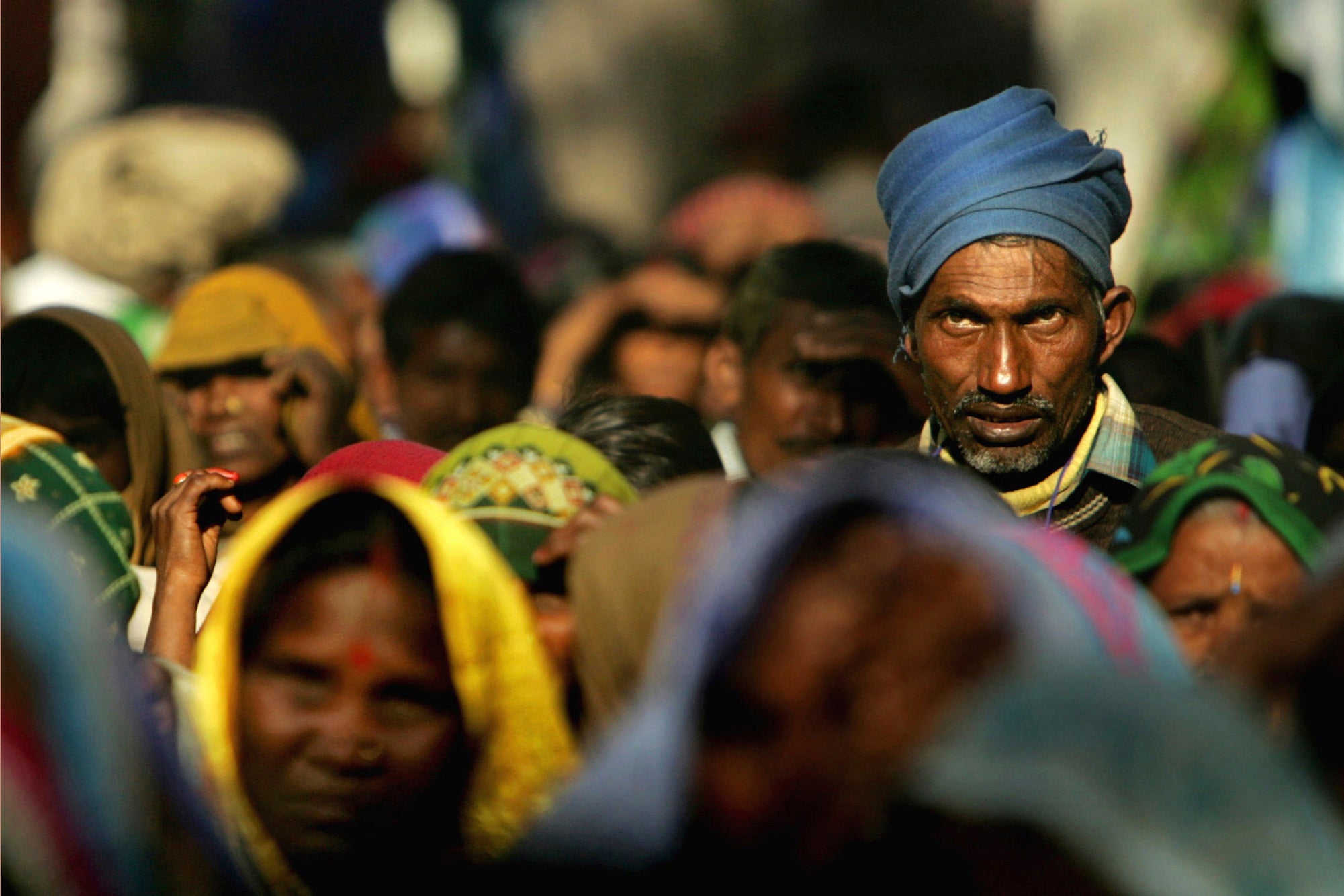What is India's caste system? Is it contentious in U.S.?
Caste is an ancient system of social hierarchy based on one’s birth that is tied to concepts of purity and social status

Caste is an ancient system of social hierarchy based on one’s birth that is tied to concepts of purity and social status. Its history, evolution and current state are complicated.
A move to outlaw caste-based discrimination in Seattle has thrust this complex — and often misunderstood — system into the spotlight. If the Seattle City Council votes Tuesday to approve an ordinance that will include caste in its anti-discrimination laws, Seattle will become the first city in the United States to outlaw such discrimination.
While the definition of caste has evolved over the centuries, under both Muslim and British rule, the suffering of those at the bottom of the caste pyramid – known as Dalits, which in Sanskrit means “broken” — has continued.
The word “caste” has its origins in Latin (castus), which means chaste or pure. Caste made its way into the Indian lexicon with the arrival of the Portuguese in the 1700s who first used the word “casta” with reference to the social hierarchy in the Indian subcontinent.
HOW DID THE CASTE SYSTEM ORIGINATE?
References to a societal hierarchy can be found in the millennia-old Rig Veda where a hymn describes the origin of all life from the Purusha or “supreme being.” A verse states that the four categories (varnas) of Hindu society came from this infinite being. The Brahmins (priest class) appeared from the being’s head, the Kshatriyas (warriors) from his arms, the Vaishyas (business class) from his thighs and the Shudras (laborers) from his feet. The hymn does not go into details about these categories or which is superior or inferior.
The varna system initially served to classify individuals on the basis of their attributes and aptitude. However, with time, it evolved into the caste system where a person’s occupation and status in society became determined by birth. Those who were outside the system became known as the outcasts or untouchables, and later as the Dalits.
The term “jati” appears in almost all Indian languages and is closest to the word “caste” because it is related to the idea of lineage. There are more than 3,000 jatis in India. Each region in India has its own ranking of jatis. However, in every region, the Dalits are at the bottom of the hierarchy and over the centuries, have faced discrimination. Members of the Dalit community have also historically performed tasks such as manual scavenging, the dangerous and inhumane practice of removing human waste by hand from sewers. The practice continues in many parts of the country even though the Indian government banned it in 2013.
Jati also occupies a significant role within the arranged marriage system where parents look for partners for their children within their caste. This is common in diaspora communities where online matrimonial sites can be filtered by caste.
IS CASTE EXCLUSIVE TO INDIA OR HINDUISM?
While the concepts of varna and jati are referenced in Hindu texts such as the Manu Smriti and the Bhagvad Gita, caste divisions are not exclusive to India or Hinduism. Caste can be found in other countries such as Bangladesh, Bhutan, the Maldives, Nepal, Pakistan, Sri Lanka and in the diaspora worldwide, and in faith communities including Buddhists, Christians, Jains, Muslims and Sikhs. Dalits who have converted to Buddhism, Christianity, Islam or Sikhism still report experiencing segregation and exclusion from places of worship and burial or cremation sites across the region.
IS CASTE A BRITISH CONSTRUCT?
Under British rule, the caste system, which had previously been more fluid, was made more rigid with use of the census, which classified the entire nation into categories and schedules, said Ananya Chakravarti, associate professor of history at Georgetown University who focuses on South Asia and Latin America.
“While the British by no means invented caste, they did play a part in fixing these caste identities in perpetuity,” she said. “As an institution, caste has had a very long life, way before Europeans showed up.”
The British also introduced elements of affirmative action in India, which has provided marginalized groups with representation in education, employment, government programs, scholarships and politics. Based on constitutional provisions, central and state governments are allowed to set “reserved quotas or seats” in colleges, workplaces and government agencies for disadvantaged groups such as Dalits. The system of reservations has been the source of animosity between castes, with upper-caste Indians claiming that such programs and policies are antithetical to a merit-based system.
ARE RACE AND CASTE THE SAME?
Chakravarti cautions against equating race and caste, particularly in the U.S. where both are present. She gives the example of BAPS, a prominent Hindu sect, which is facing a lawsuit in New Jersey accusing the organization of forcing hundreds of low-caste workers to labor at temple sites across the U.S. under dangerous conditions for as little as $450 a month.
“In this case, all those involved in the case are the same race,” Chakravarti said. “So race does not adequately cover the question of caste.”
Cornel West, professor of philosophy at Union Theological Seminary and scholar of African American studies, says he feels kinship with Dalit activists, calling casteism and racism “institutionalized forms of hatred.”
“We have no other alternative but to fight both morally, intellectually and politically,” he said.
___
Associated Press religion coverage receives support through the AP’s collaboration with The Conversation US, with funding from Lilly Endowment Inc. The AP is solely responsible for this content.
Bookmark popover
Removed from bookmarks